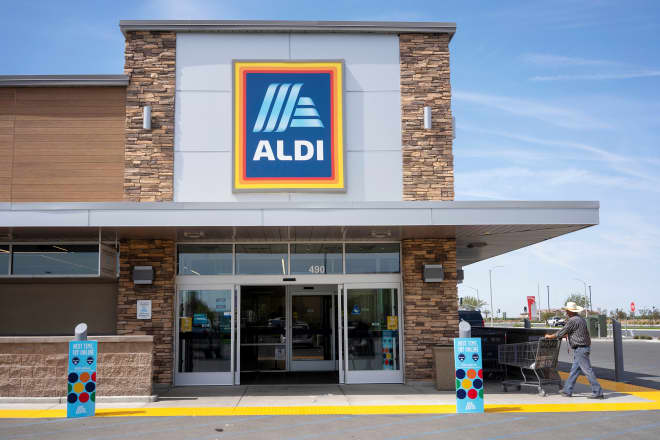The Ultimate Guide to Inventory Management: Revolutionizing Warehouse Operations with Smart Software

Introduction
In today's hyper-competitive business landscape, understanding what is inventory management and implementing the right warehouse inventory management software can make the difference between profit and loss. This comprehensive 3000+ word guide will explore everything from inventory fundamentals to cutting-edge digital solutions transforming warehouses worldwide.
What Is Inventory Management?
Inventory management refers to the systematic approach of sourcing, storing, tracking, and optimizing a company's stocked goods. It's the backbone of supply chain operations that ensures:
-
Right products are available at right time
-
Optimal stock levels are maintained
-
Carrying costs are minimized
-
Customer demand is consistently met
Core Components of Inventory Management
-
Stock Monitoring: Real-time tracking of inventory levels
-
Demand Forecasting: Predicting future inventory needs
-
Order Management: Processing purchases and sales
-
Reporting & Analytics: Generating actionable insights
The Evolution of Warehouse Inventory Management
From manual ledger books to AI-powered systems, inventory management has undergone radical transformation:
-
Manual Era (Pre-1980s): Paper-based tracking
-
Digital Revolution (1980s-2000s): Basic computer systems
-
Cloud Computing Age (2010s): Real-time data access
-
AI-Driven Present (2020s): Predictive analytics and automation
Why Warehouse Inventory Management Software Is Essential
Modern warehouse inventory management software solves critical challenges:
1. Eliminates Human Errors
-
Reduces miscounts by 99%
-
Automates data entry
-
Minimizes fulfillment mistakes
2. Optimizes Storage Space
-
Intelligent slotting algorithms
-
3D warehouse mapping
-
Dynamic bin allocation
3. Enhances Operational Efficiency
-
Barcode/RFID scanning
-
Mobile warehouse apps
-
Voice-directed picking
Key Features of Top Warehouse Inventory Management Software
When evaluating solutions, look for these essential capabilities:
1. Real-Time Inventory Tracking
-
Live stock level updates
-
Multi-location visibility
-
Serial/batch number tracking
2. Advanced Analytics Dashboard
-
Inventory turnover rates
-
Demand forecasting models
-
Stockout risk alerts
3. Integration Capabilities
-
ERP system connectivity
-
E-commerce platform sync
-
Accounting software links
Choosing the Right Inventory Management Solution
Follow this decision framework:
-
Assess Your Needs
-
Warehouse size
-
SKU complexity
-
Growth projections
-
-
Compare Deployment Options
-
Cloud-based vs on-premise
-
Mobile accessibility
-
Offline functionality
-
-
Evaluate Key Differentiators
-
AI capabilities
-
Custom reporting
-
Scalability
-
Future Trends in Inventory Management
The next wave of innovation includes:
-
Blockchain for Supply Chain Transparency
-
AI-Powered Autonomous Drones
-
Augmented Reality for Warehouse Navigation
-
IoT-Enabled Smart Shelving
Conclusion
Mastering what is inventory management and implementing robust warehouse inventory management software is no longer optional in today's digital economy. The right system can reduce costs by 25%, improve order accuracy to 99.9%, and give your business the competitive edge it needs to thrive.
FAQs About Inventory Management
1. What's the difference between inventory management and warehouse management?
Inventory management tracks stock levels while warehouse management handles physical storage and movement. Modern software often combines both.
2. How much does warehouse inventory software cost?
Prices range from 10,000+ for enterprise solutions. Cloud options typically use monthly subscriptions.
3. Can small businesses benefit from inventory software?
Absolutely! Even businesses with 100 SKUs see 30%+ efficiency gains from basic inventory systems.
4. What's the ROI timeframe for inventory software?
Most businesses recoup costs within 6-12 months through reduced shrinkage and labor savings.
5. How does inventory software handle perishable goods?
Advanced systems support FIFO (First-In-First-Out) tracking, expiry alerts, and automated rotation suggestions.




















_Dzmitry_Skazau_Alamy.jpg?width=1280&auto=webp&quality=80&disable=upscale#)

























![American Airlines Offering 5,000-Mile Main Cabin Awards—Because Coach Seats Aren’t Selling [Roundup]](https://viewfromthewing.com/wp-content/uploads/2017/11/20171129_062837.jpg?#)































